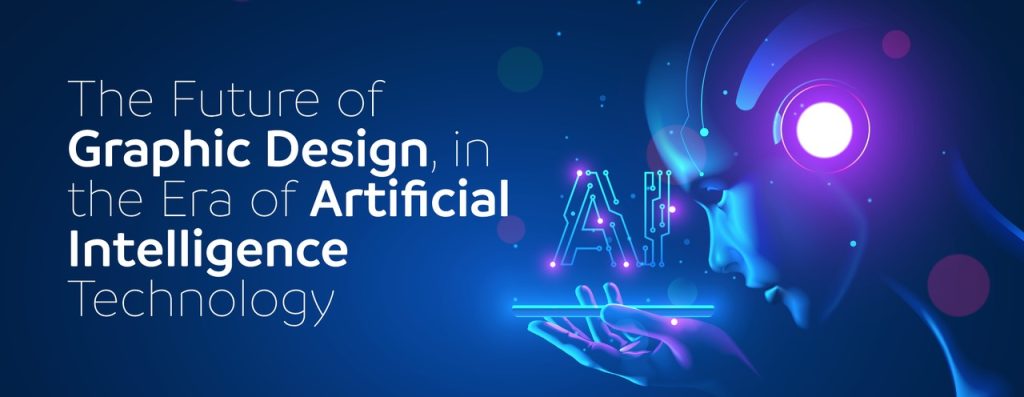
Many people worry that artificial intelligence (AI) will replace designers. The good news is that AI and other digital technologies aren’t replacing creativity; they are expanding the possibilities for designers. AI can handle routine tasks like resizing images, creating layouts, or generating initial ideas, giving designers more time to focus on creativity, storytelling, and meaningful experiences.
Graphic design forms the foundation of visual communication through logos, branding, typography, and imagery. Multimedia builds on this by adding motion, sound, and interactivity. Together, they create experiences that are engaging, memorable, and relevant in today’s digital world. From animated advertising campaigns and interactive e-learning apps to social media content and motion graphics in film, design is no longer confined to static visuals. It is about experiences that capture attention and inspire audiences.
Emerging technologies such as augmented reality (AR) illustrate how design is evolving further. A simple poster can transform into an interactive story when scanned with a phone, or a product demo can become a three-dimensional experience that users can explore. These innovations are part of what is known as immersive design, where audiences are no longer just viewers but active participants.
Career opportunities in the creative and digital industries are expanding quickly, with sectors such as e-commerce, advertising, gaming, tourism, education, and entertainment already embracing new forms of design and technology. Designers who can combine strong graphic and multimedia skills with digital tools, from AI to AR, are especially valued for their ability to create engaging experiences that connect with audiences.
Studying design in Malaysia offers additional advantages. Its multicultural environment exposes students to a wide variety of visual styles and ideas. Classes are conducted in English, preparing graduates for international careers, while affordable tuition and living costs make Malaysia an attractive option. Being within Asia also keeps families closely connected.
While AI and other technologies will continue to advance, the role of the designer remains irreplaceable. The future of design is not about being replaced; it is about leading the way in shaping stories, experiences, and innovations that connect, inspire and endure.







